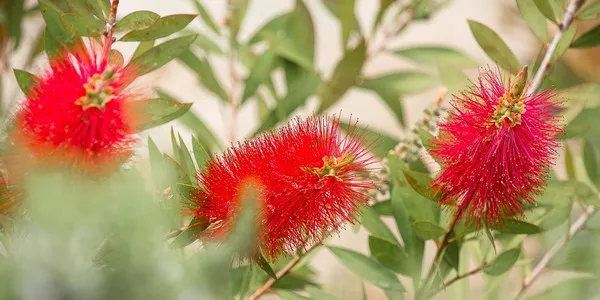Tomatoes are a beloved and versatile vegetable in the world of gardening and cuisine. However, a gardener’s journey to cultivating the perfect crop can be fraught with challenges, and one of the most significant challenges is dealing with pests. These tiny but formidable adversaries can wreak havoc on your tomato plants if left unchecked.
Aphids: The Tiny Troublemakers
Aphids are among the most common pests that attack tomato plants. These small, soft-bodied insects feed on the sap of the plant, causing leaves to curl and become distorted. Aphids multiply rapidly, making early detection and management crucial. Keep an eye out for their presence, especially on the undersides of leaves, and use methods like insecticidal soap or introducing natural predators to control their numbers.
Tomato Hornworms: The Notorious Defoliators
Tomato hornworms are the voracious caterpillars of the Sphinx moth. These large, green larvae can strip a tomato plant of its leaves in no time. Recognize their presence by their characteristic horn-like protrusion and distinctive markings. Handpicking and using biological controls like parasitic wasps can help keep their population in check.
Whiteflies: The Sap-Sucking Invaders
Whiteflies are tiny, moth-like insects that congregate on the undersides of tomato leaves. They feed on plant sap and excrete honeydew, which can lead to sooty mold growth. To control whiteflies, employ methods such as introducing natural predators like ladybugs or using yellow sticky traps to reduce their numbers.
Cutworms: The Sneaky Soil Dwellers
Cutworms are nocturnal caterpillars that hide in the soil during the day and emerge at night to feed on tomato plant stems at the base. To protect your tomato plants from cutworm damage, use physical barriers like cardboard collars or diatomaceous earth around the base of the plants. Regularly inspect your garden beds for signs of cutworms.
Spider Mites: The Web-Spinning Pests
Spider mites are minuscule arachnids that suck the sap from tomato leaves, causing stippling and discoloration. As they multiply quickly, early detection is essential. Look for tiny webbing on the undersides of leaves and use a strong stream of water to dislodge them. Applying neem oil or releasing predatory mites can help control infestations.
Fruitworms: The Fruit Spoilers
Fruitworms, such as the tomato fruitworm and corn earworm, tunnel into tomato fruits, rendering them unpalatable. To protect your crop, inspect fruits regularly for entry holes and remove affected ones. Employ biological controls like parasitic wasps and use pheromone traps to monitor and reduce their numbers.
Blossom End Rot: The Calcium Conundrum
Blossom end rot is not caused by pests directly, but it results from calcium deficiency and can lead to the loss of many tomatoes. It manifests as a brown, sunken area at the bottom of the fruit. To prevent this issue, ensure proper soil calcium levels and consistent watering practices to facilitate calcium uptake.
Stink Bugs: The Nasty Puncture Artists
Stink bugs are known for piercing tomato fruits with their sharp mouthparts and injecting digestive enzymes into them, causing unsightly blemishes. Handpick stink bugs and their eggs, and use row covers to prevent their access to your tomato plants.
Leaf Miners: The Subterranean Intruders
Leaf miners are the larvae of tiny flies that tunnel through tomato leaves, creating winding, translucent trails. While they don’t usually cause severe damage, they can weaken the plant. Remove affected leaves, and consider introducing beneficial nematodes to control their population.
Nematodes: The Silent Soil Invaders
Root-knot nematodes are microscopic roundworms that infest the roots of tomato plants. They cause swelling and galling of the roots, resulting in reduced nutrient and water uptake. Implement crop rotation, choose nematode-resistant tomato varieties, and use soil solarization to combat nematode infestations.
Preventing Pest Infestations
Preventing pest infestations is often more effective than dealing with them after they occur. Practice good garden hygiene, including cleaning up plant debris and removing weeds that can host pests. Consider companion planting, which involves growing pest-repelling plants alongside your tomatoes. Regularly monitor your plants for any signs of trouble, such as wilting, discoloration, or unusual growth.
Conclusion
Tomato pests can be a significant challenge for gardeners, but with the right knowledge and proactive management, you can protect your tomato plants and enjoy a bountiful harvest. Identifying common pests like aphids, hornworms, whiteflies, cutworms, spider mites, fruitworms, stink bugs, leaf miners, and nematodes is the first step in successful pest management. By implementing integrated pest management (IPM) strategies, including biological controls, physical barriers, and cultural practices, you can minimize the impact of pests on your tomato crop. With diligence and a bit of know-how, you can safeguard your tomatoes and savor the fruits of your gardening labor.


